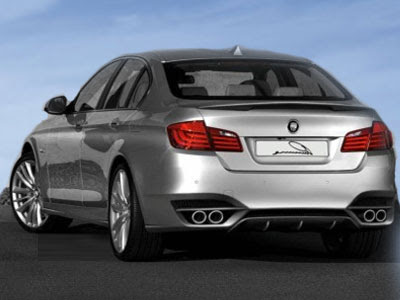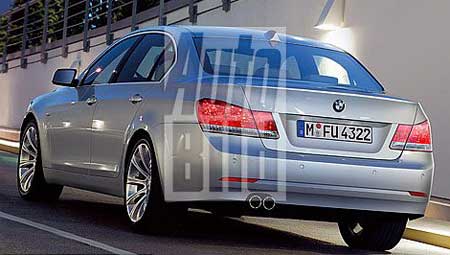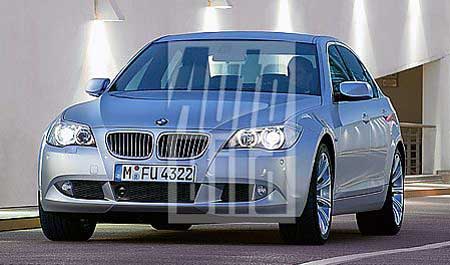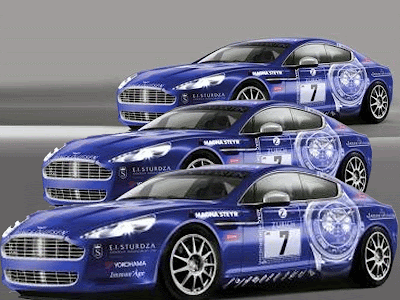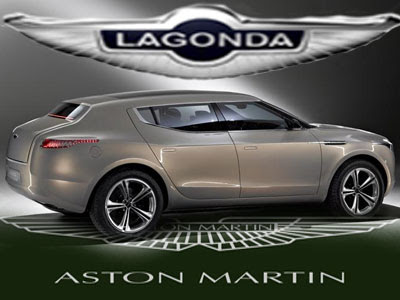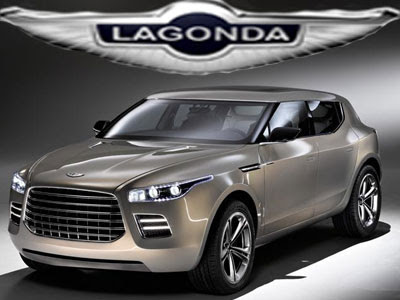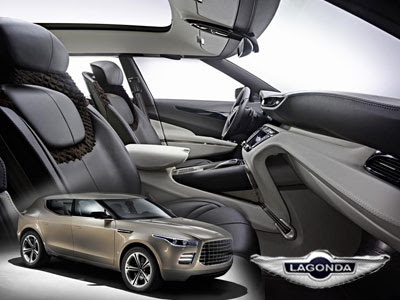
The outgoing BMW 5 Series F10 2011 may have ushered in a dramatic leap forward in terms of dynamics, technology, safety and creature comforts, but it's the previous generation � the E39 � that Bimmerphiles still speak of in hushed tones. The departing E60 may have been a more capable package, but it was also the source of much controversy and hand wringing. Blame Chris Bangle. Blame byzantine iDrive menu structures. Blame spirit-muffling layers of electronics. Hell, blame improved competition or hidebound brand loyalists who refuse to accept the new. No matter whose camp you point the finger at, the 2004-2010 5 Series was a polarizing creature, both aesthetically and from behind the wheel. Despite (or perhaps because of) all this, BMW enjoyed record-setting global sales of the Fiver, suggesting that that the traditionalists had it all wrong.
Still, one look at the new-for-2011 F10 model might reasonably lead you to believe that a bit of mulligan has occurred at the hand of Adrian van Hooydonk and his design team � a toning down of the E60's most divisive elements. To be sure, the E60's Dame Edna spectacles have been consigned to a dusty drawer and the raised "Bangle Butt" has kept its date with Celebrity Fit Club. In the not-so-dearly departed's place is a handsome new sedan that appears simultaneously more in line with the 5 Series' lineage yet firmly set on the future. But to label the sixth-generation Fiver as an aesthetic or strategic regression would be incorrect, van Hooydonk tells us. As he points out, BMW design has a tendency to periodically muscle in with big, bold, design statements � to knock down walls � and in the follow-up model, its stylists can move about a bit more in the clean air made possible by its predecessor. Fair enough � we prepared to check our Weltschmerz at the door and give this new Fiver a shot. Has it all been worked out for the better? BMW invited us to hop a couple of planes to Portugal in order to find out.
